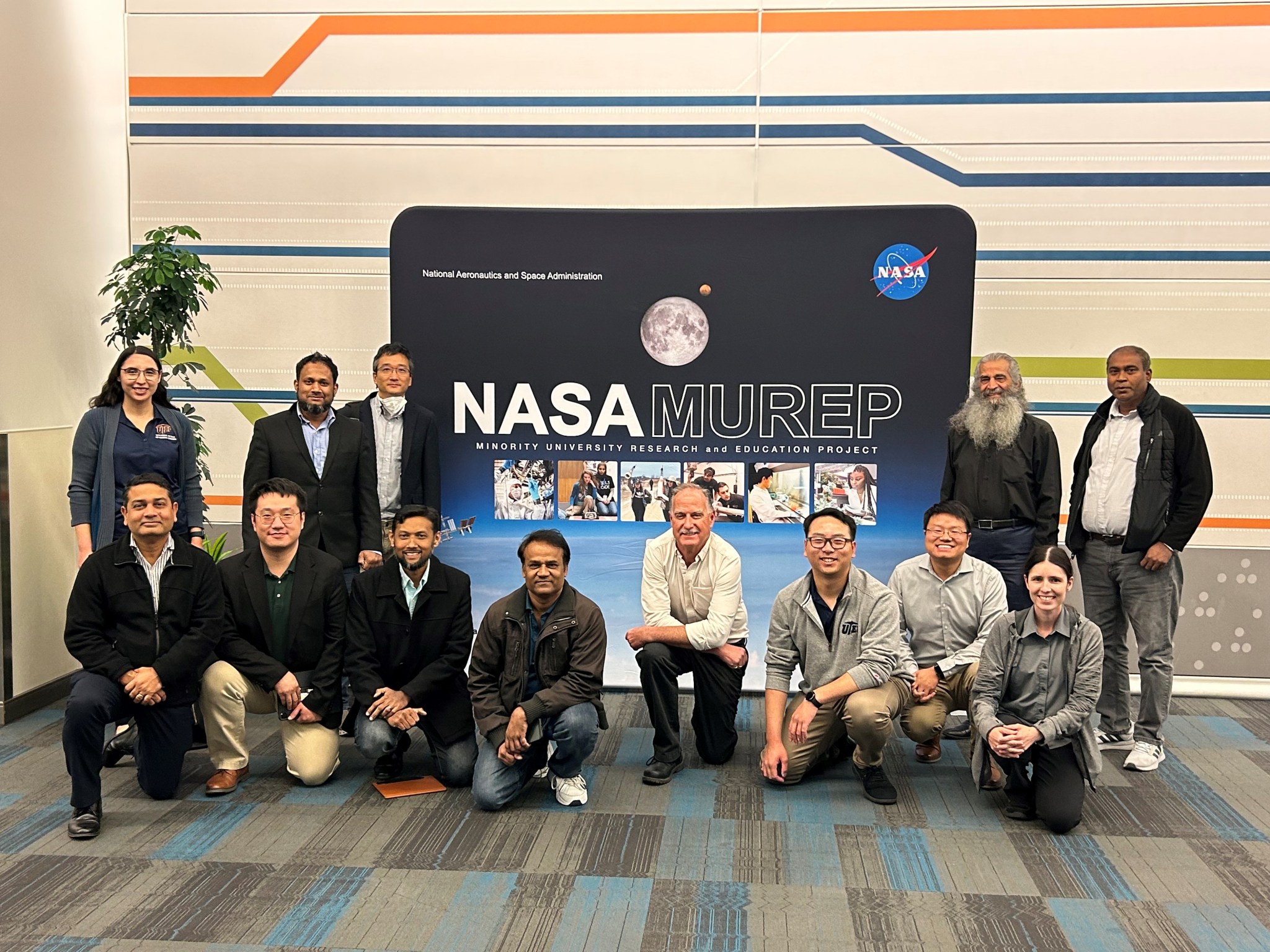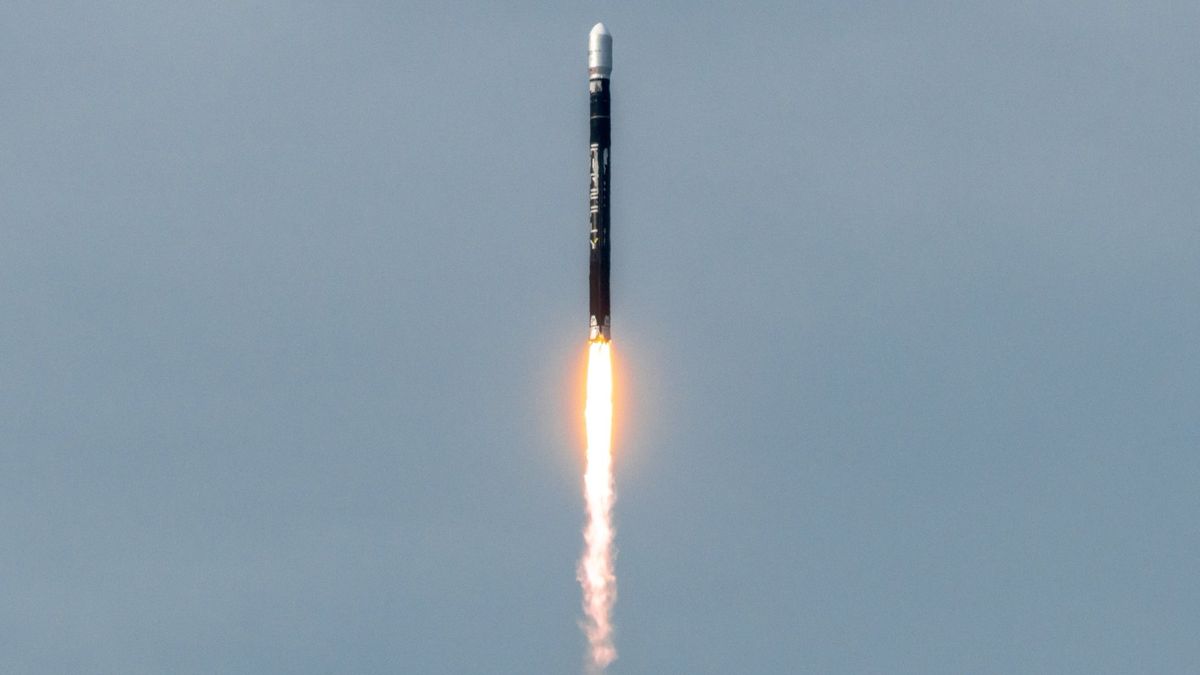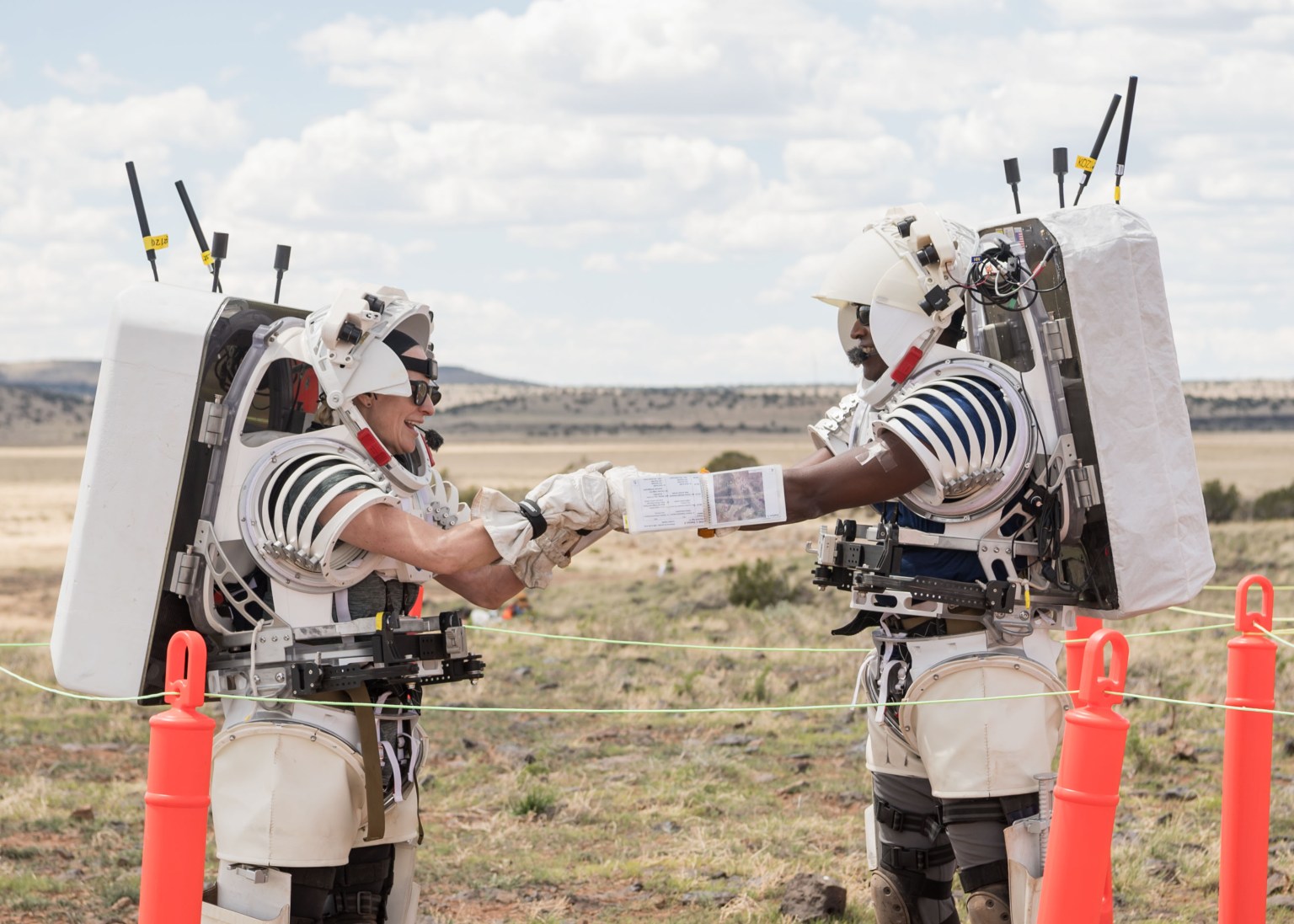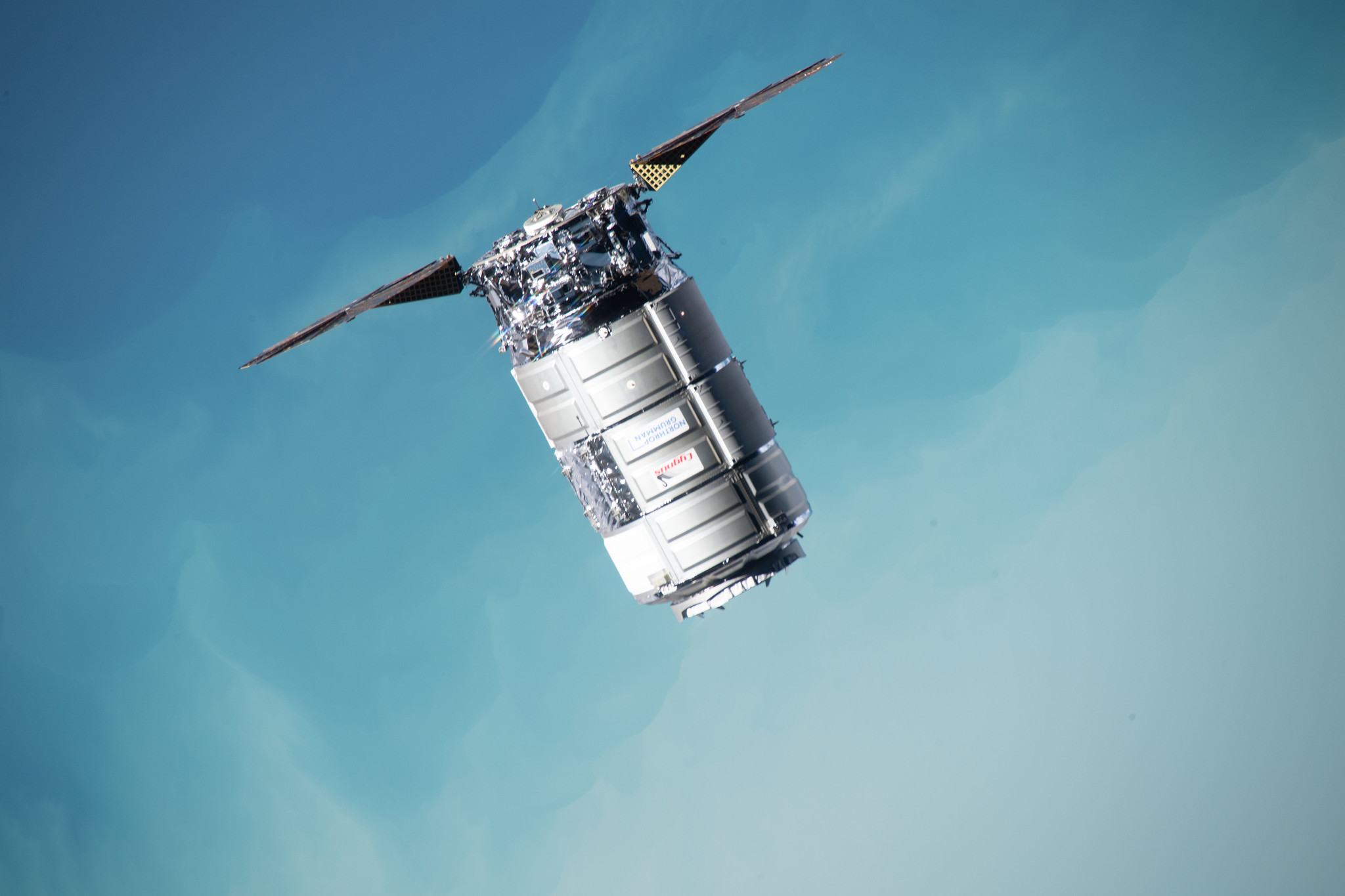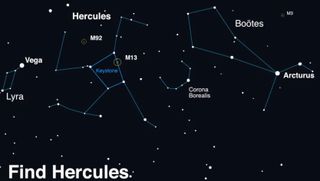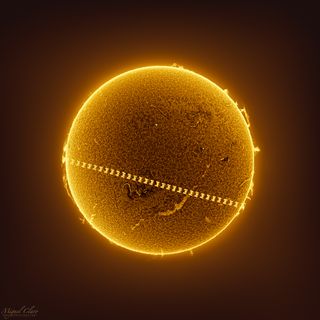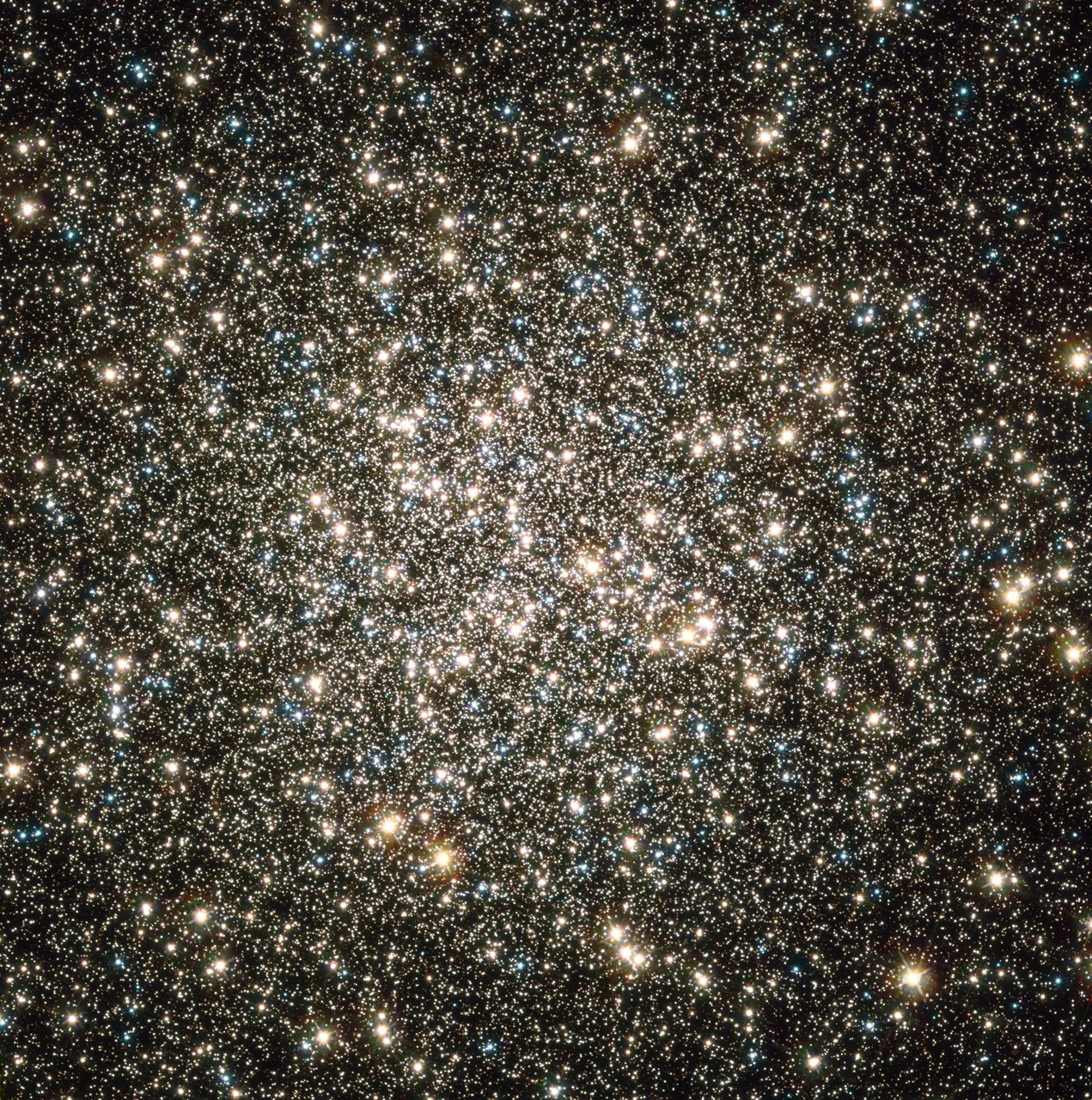Saturn and its rings completely fill the field of view of Cassini’s narrow angle camera in this natural color image taken on March 27, 2004. This was the last single “eyeful” of Saturn and its rings achievable with the narrow angle camera on approach to the planet.
Read MoreDay: July 1, 2024
NASA Awards Support STEM Research at Minority Serving Institutions
A photo of MPLAN principal investigator awardees from various minority-serving institutions at the 2023 NASA Better Together conference in San Jose, California. Credits: NASA NASA has selected 23 minority-serving institutions to receive $1.2 million to grow their research and technology capabilities, collaborate on research projects, and contribute to the agency’s missions for the benefit of humanity. Through NASA’s Minority University Research and Education Project (MUREP) Partnership Learning Annual Notification (MPLAN) award, selected institutions will receive up to $50,000 each for a six-month period to work directly on STEM projects with…
Read MoreWatch Firefly Aerospace launch 8 cubesats to orbit tonight
Firefly Aerospace’s Alpha rocket will fly for the fifth time ever early Tuesday morning (July 2), and you can watch the action live. The mission, which Firefly calls “Noise of Summer,” is scheduled to launch from California’s Vandenberg Space Force Base at 12:03 a.m. EDT (0403 GMT; 9:03 p.m. on July 1 local California time). Firefly will host a launch webcast with NASASpaceflight.com, beginning 30 minutes before liftoff. Space.com will carry it here and on our home page, courtesy of Firefly and NASASpaceflight. “Noise of Summer” will send eight cubesats…
Read MoreBehind the Scenes of a NASA ‘Moonwalk’ in the Arizona Desert
9 Min Read Behind the Scenes of a NASA ‘Moonwalk’ in the Arizona Desert NASA astronauts Kate Rubins (left) and Andre Douglas. Credits: NASA/Josh Valcarcel NASA astronauts Kate Rubins and Andre Douglas recently performed four moonwalk simulations to help NASA prepare for its Artemis III mission. Due to launch in September 2026, Artemis III will land two, yet-to-be-selected, astronauts at the Moon’s South Pole for the first time. Traveling to space requires immense preparation, not just for the astronauts, but for the hundreds of people who work in the background. That’s…
Read MoreNASA Invites Media to Northrop Grumman’s 21st Station Resupply Launch
Northrop Grumman’s Cygnus spacecraft approaches the International Space Station. Cygnus will deliver science experiments, crew supplies, and station hardware (Credits: NASA). Media accreditation is open for the next launch to deliver NASA science investigations, supplies, and equipment to the International Space Station. This launch is the 21st Northrop Grumman commercial resupply services mission to the orbital laboratory for the agency and will launch on a SpaceX Falcon 9 rocket. NASA, Northrop Grumman, and SpaceX are targeting early August to launch the Cygnus spacecraft from Space Launch Complex 40 at Cape…
Read MoreOnce-in-a-lifetime star explosion, visible from Earth, could happen any day now
If you’ve always wanted to witness a stellar explosion, your time is about to come. T Coronae Borealis, also known as T CrB (pronounced tee-core-bore) or the “Blaze Star,” is on the precipice of a massive explosion — one that should be visible from Earth. According to calculations by Brad Schaefer, Professor Emeritus of Astronomy at Louisiana State University, along with data from amateur astronomers affiliated with the American Association of Variable Star Observers (AAVSO), the nova should occur within a few months of May 2024. T CrB is a binary…
Read MoreSee the sun rage behind the ISS in epic time-lapse photo
Miguel Claro is a professional photographer, author and science communicator based in Lisbon, Portugal, who creates spectacular images of the night sky. As a European Southern Observatory Photo Ambassador and member of The World At Night and the official astrophotographer of the Dark Sky Alqueva Reserve, he specializes in astronomical “Skyscapes” that connect both Earth and the night sky. This image shows the silhouette of the International Space Station (ISS) as it crosses in front of the sun’s disk at a distance of 274 miles (441.5 km) from us and at a speed of about 4.5 miles…
Read MoreJuly’s Night Sky Notes: A Hero, a Crown, and Possibly a Nova!
3 Min Read July’s Night Sky Notes: A Hero, a Crown, and Possibly a Nova! Like shiny flakes sparkling in a snow globe, over 100,000 stars whirl within the globular cluster M13, one of the brightest star clusters visible from the Northern Hemisphere. Located 25,000 light-years from Earth with an apparent magnitude of 5.8, this glittering metropolis of stars in the constellation Hercules can be spotted with a pair of binoculars most easily in July. Credits: NASA by Vivan White of the Astronomical Society of the Pacific High in the…
Read More